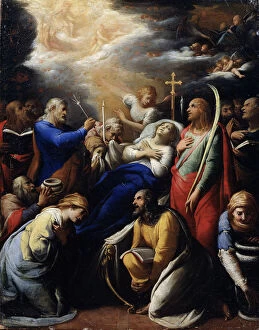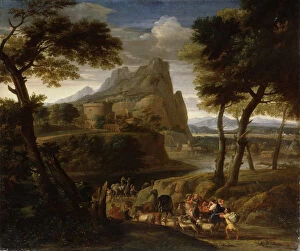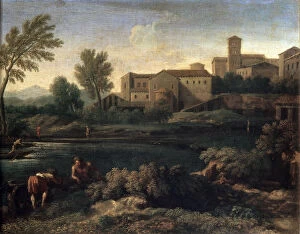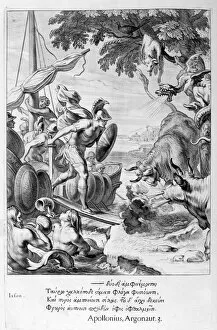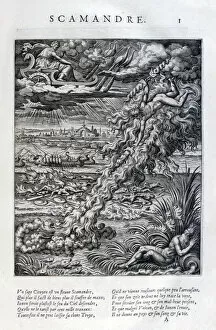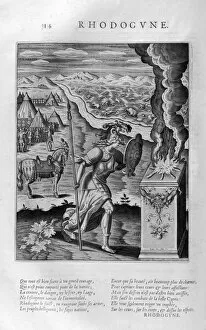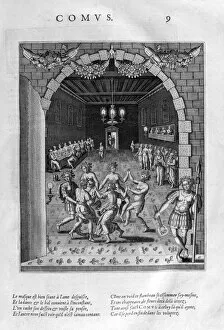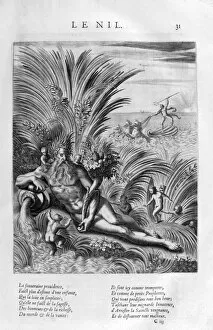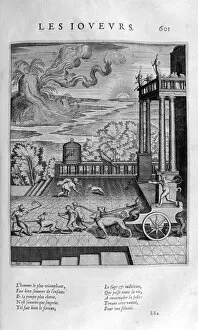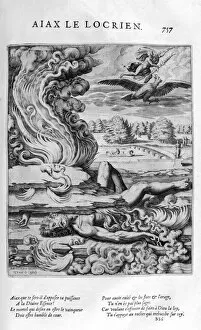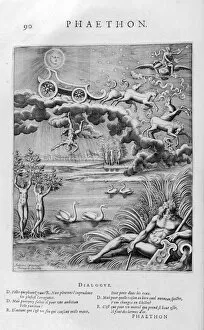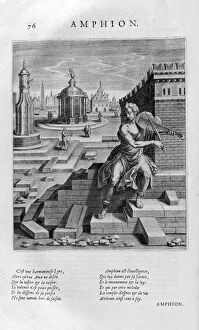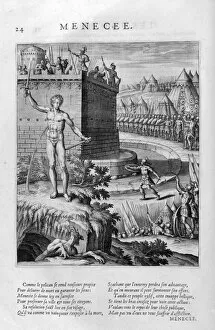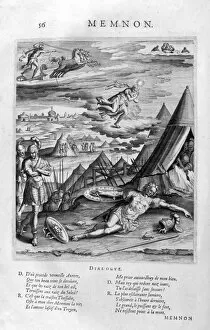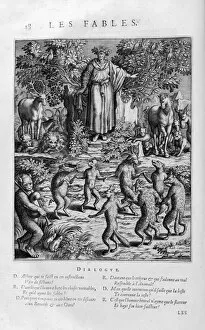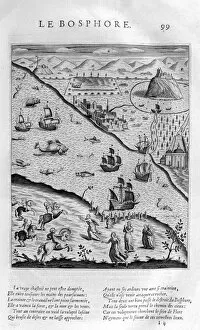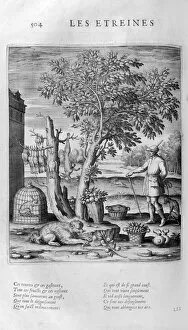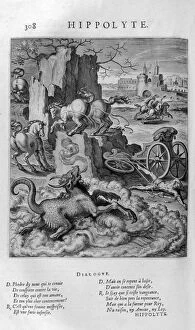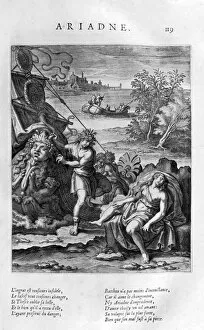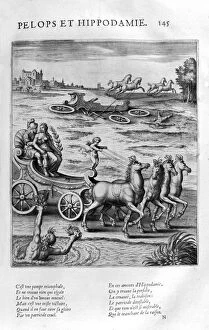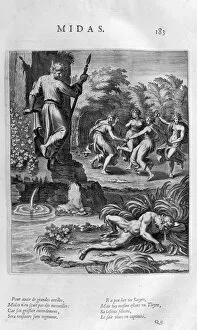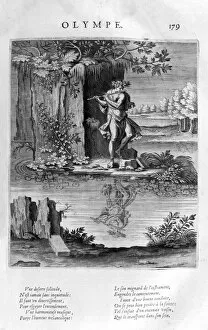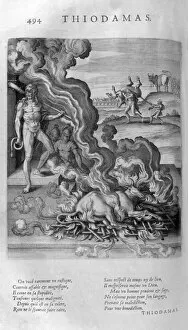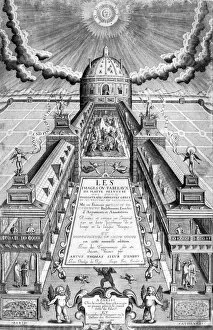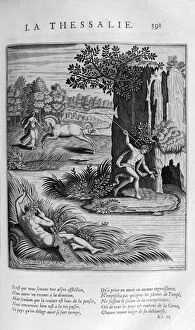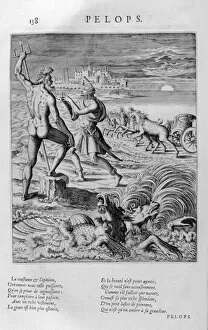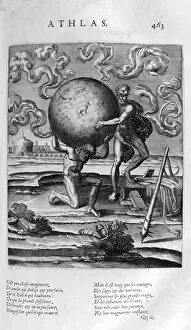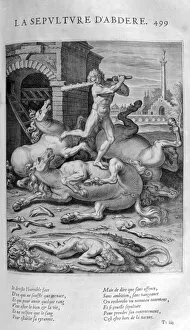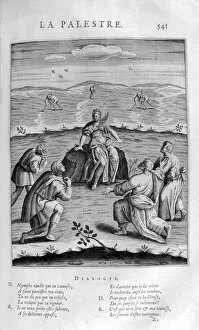Gaspard Collection (#2)
"Gaspard: A Name Woven into the Tapestry of French History" Gaspard, a name that resonates with significance throughout various periods of French history
For sale as Licensed Images
Choose your image, Select your licence and Download the media
"Gaspard: A Name Woven into the Tapestry of French History" Gaspard, a name that resonates with significance throughout various periods of French history. From Gustave Flaubert to Louis Pasteur, this name has been associated with great minds and influential figures. In the 19th century, Gaspard was captured in a photograph by Nadar, showcasing his intellectual prowess as a renowned French novelist. This snapshot immortalized him as an icon of literature for generations to come. But Gaspard's influence extended beyond the realm of arts and letters. During the tumultuous years of the French Religious Wars in the late 16th century, he played a role in the Siege of Poitiers alongside Huguenots fighting for their beliefs. His bravery amidst religious strife left an indelible mark on history. The connection between Gaspard and Nadar continued with their collaboration on "Le Geant, " a colossal balloon exhibited at London's Crystal Palace in 1863. This spectacle showcased their innovative spirit and artistic vision through contemporary English wood engravings. Another facet of Gaspard's legacy lies within architecture. Swiss architect Gaspard Fossati renovated Istanbul's iconic Hagia Sophia in 1852, leaving behind an enduring masterpiece admired even today. Lithographs by Louis Haghe further immortalized Fossati's work and solidified Gaspard's contribution to architectural marvels. Not limited to intellectuals or architects alone, there were other notable bearers of this illustrious name throughout history. Jean-Gaspard Deburau captivated audiences as Pierrot, captivating them through his mime artistry during his time. Across continents, even Taos New Mexico bears witness to Gaspards' impact; Leon Gaspard House stands tall as a testament to his creative genius and lasting imprint on American soil.

